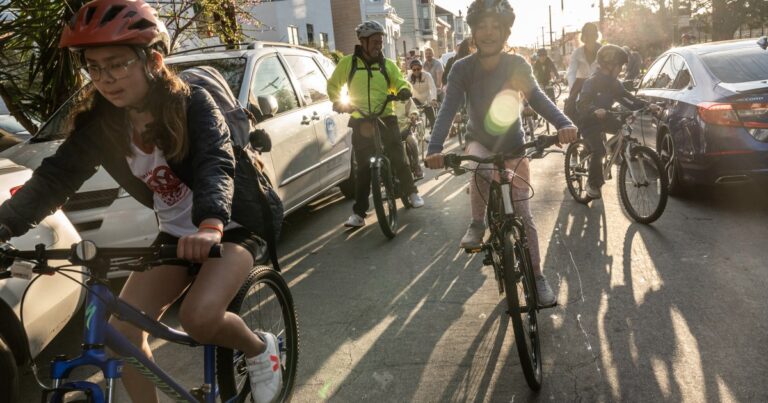Promoting Urban Independence for Children’s Mental Health in San Francisco
The Shift to City Living
Relocating from Marin to San Francisco with young children might raise eyebrows, especially among friends who often question why families choose urban life as kids approach school age. However, for our family, this move was motivated by a commitment to fostering an environment conducive to our children’s independence and well-being.
Navigating Teen Independence
Now that our sons are teenagers adept at using bicycles and public transportation to navigate San Francisco, we recognize the value of our decision. This independence has played a crucial role in their development, allowing them to explore and interact with their surroundings confidently.
The Mental Health Landscape
The mental health of today’s youth is intertwined with their level of independence. Statistics indicate that about 40% of adolescents in the United States experience feelings of persistent sadness and hopelessness. Experts have identified a significant factor contributing to this trend as the decline in children’s autonomy, particularly in how they move around their communities compared to previous generations.
Traffic Safety Concerns
The apprehension parents feel about their children’s safety in urban settings, particularly regarding traffic accidents, is well-founded. In San Francisco, an average of 30 lives are lost annually due to traffic-related incidents, with thousands more injured. Instances of tragic accidents, such as the recent loss of an entire family at a bus stop, amplify these fears, further complicating the landscape for child mobility.
Encouraging Independence through Biking
In response to concerns about mental health, we consulted health professionals, who emphasized the importance of granting children agency in their activities. Our solution involved encouraging our sons to bike to school—balancing independence with physical activity. We began by accompanying them, addressing our own safety anxieties as they mastered riding in a busy urban environment.
Empowerment through Freedom
As our youngest son reached the age of eight, we allowed both boys to cycle to school independently. This transition was met with unbridled enthusiasm; from choosing routes to enjoying stops at local shops, they gained a sense of responsibility and excitement. Witnessing their transformation from hesitant individuals to self-reliant adventurers was a remarkable experience for our family.
Urban Infrastructure Challenges
Despite the positive experience on “slow streets,” where biking routes were relatively safe, many children in San Francisco face significant challenges. A substantial number of students in the SF Unified School District are driven to school, often due to high levels of traffic congestion and the perceived dangers outdoors, with over 72% of these students living within two miles of their schools—distances easily manageable by bike.
The Insurance of Safe Transit Options
A 2023 report by the San Francisco County Transportation Authority highlighted that inadequate protected bike lanes contribute significantly to caregivers’ hesitations. Although “slow streets” were introduced as a solution to enhance child mobility, the actual implementation has been limited to just a small number of routes. Complaints from drivers seeking quicker travel options often hinder the safety measures needed for children’s commuting routes.
Rethinking Urban Planning Priorities
The current prioritization of vehicle traffic over children’s needs poses a challenge to fostering independence among San Francisco’s youth, numbering around 175,000. A shift towards creating a cohesive network of safe pathways, including protected bike lanes and pedestrian-friendly intersections, is essential for enhancing urban independence for the younger population.
A Call for Change
San Francisco stands at a crossroads: Will the city prioritize vehicle traffic at the expense of children’s freedom to explore their environment? This fundamental sense of independence should not be reserved for select individuals; rather, it must be integrated into urban planning to promote healthier, happier communities.



